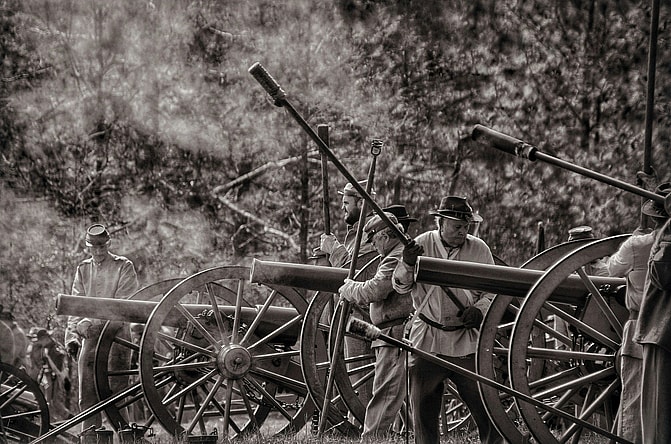
The Civil War lasted from 1861-1865 when the North and South clashed on American soil over slavery. While it only lasted four years, the conflict was the costliest and deadliest war ever fought on American soil resulting in 620,000 soldiers killed out of 2.4 million.
While there are numerous pieces of Civil War memorabilia out in the world, there are only a few pieces rare enough to be displayed in museums like these ten items below.
13. Lowe’s Barometer, National Air and Space Museum
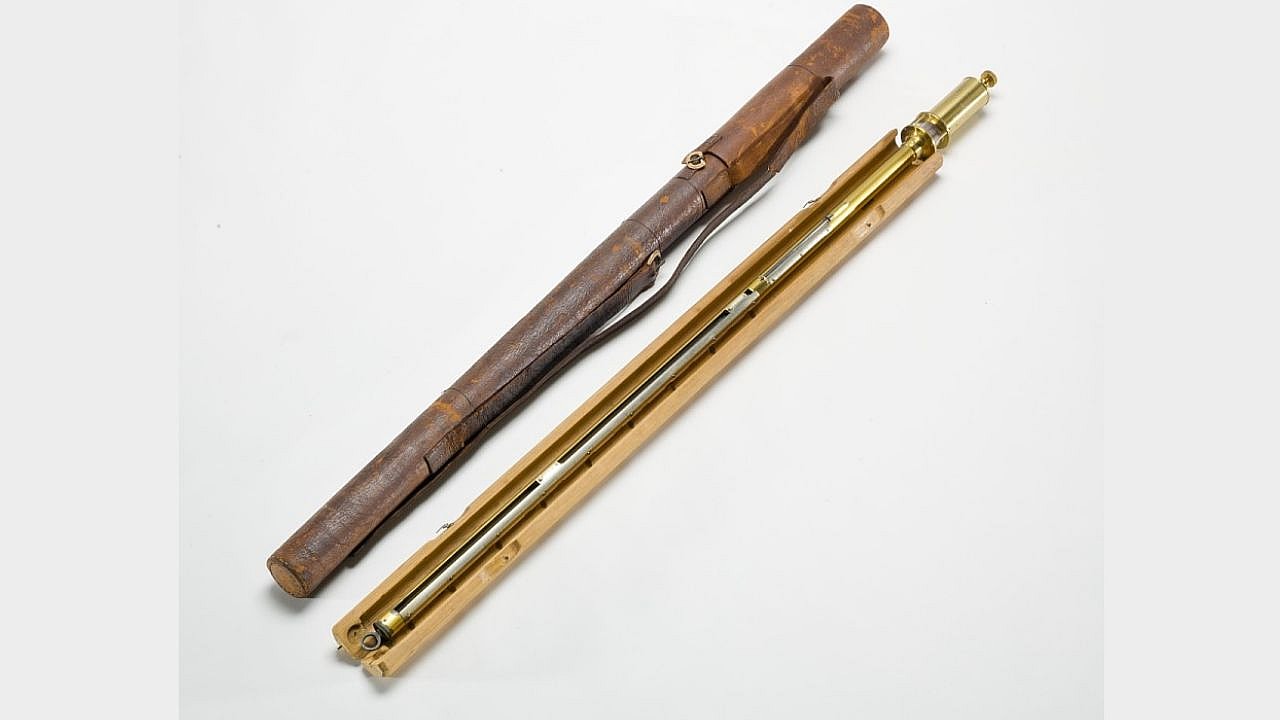
Used by Thaddeus Sobieski Constantine Low, an American Civil War aeronaut, scientist, and inventory, this barometer is located in the National Air and Space Museum. Barometers are scientific instruments used to measure air pressure in certain environments. This barometer in particular used mercury, and needed enough mercury to accurately measure the pressure.
But why is this important? The barometer was just one of the many ways that technology was used to study the weather, and thus estimated forecasts to prepare oneself for battle and upcoming conflicts, thus becoming one of the many Civil War memorabilia still on display.
Related: World War II Heroes Who Are Often Overlooked
12. A Slave’s Diary, Anacostia Community Museum
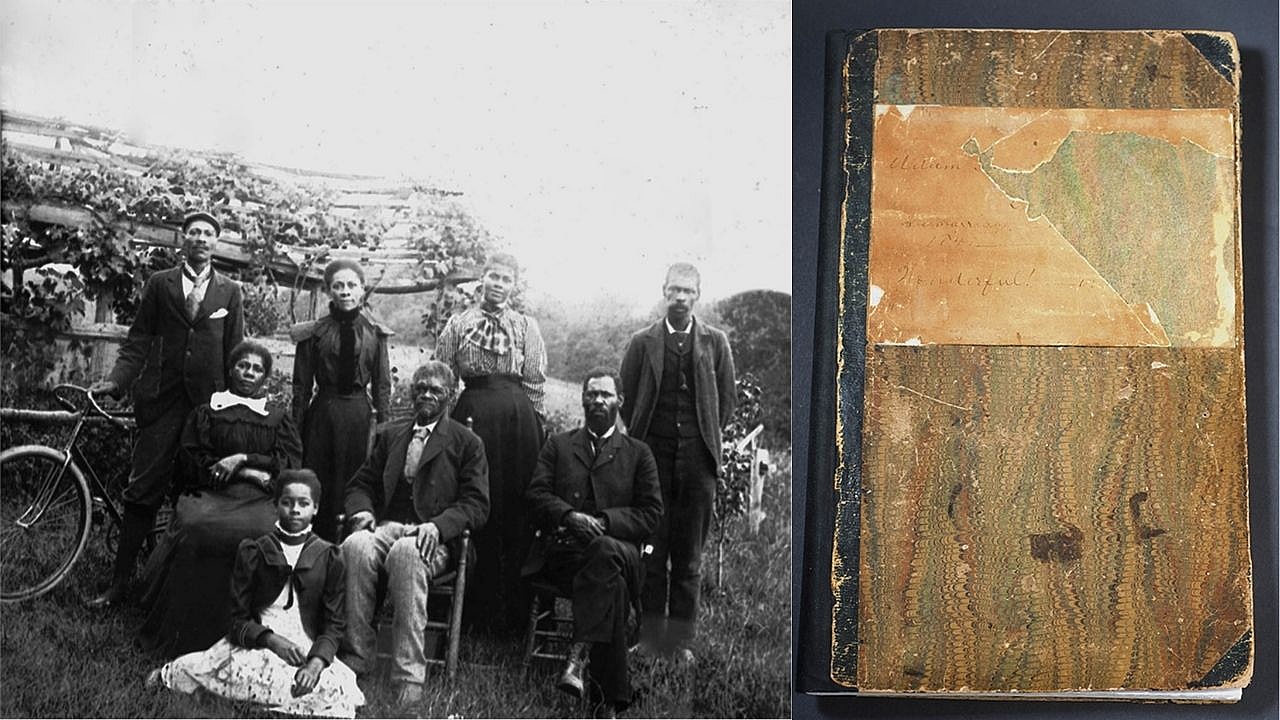
One of the most impactful Civil War memorabilia is the diary created by Adam Francis Plummer in 1841. Plummer was born into slavery in 1819 in Maryland and lived as a slave on the Goodwood Plantation on the Riversdale Plantation.
After his marriage to Emily Saunders Arnold, he began his diary, which continued after his death in 1905, where his daughter, Nellie Arnold Plummer began accounting for her family’s history in the same journal. The diary spans the court of his life from enslavement until his death as a freedman. The journal gives vivid images and glimpses into the everyday life of his family. The diary is currently residing in the Anacostia Community Museum.
Check Out: Deadliest Wars In History: From World Wars to Civil Wars
11. “Incidents of the War: A Harvest of Death,” Smithsonian American Art Museum
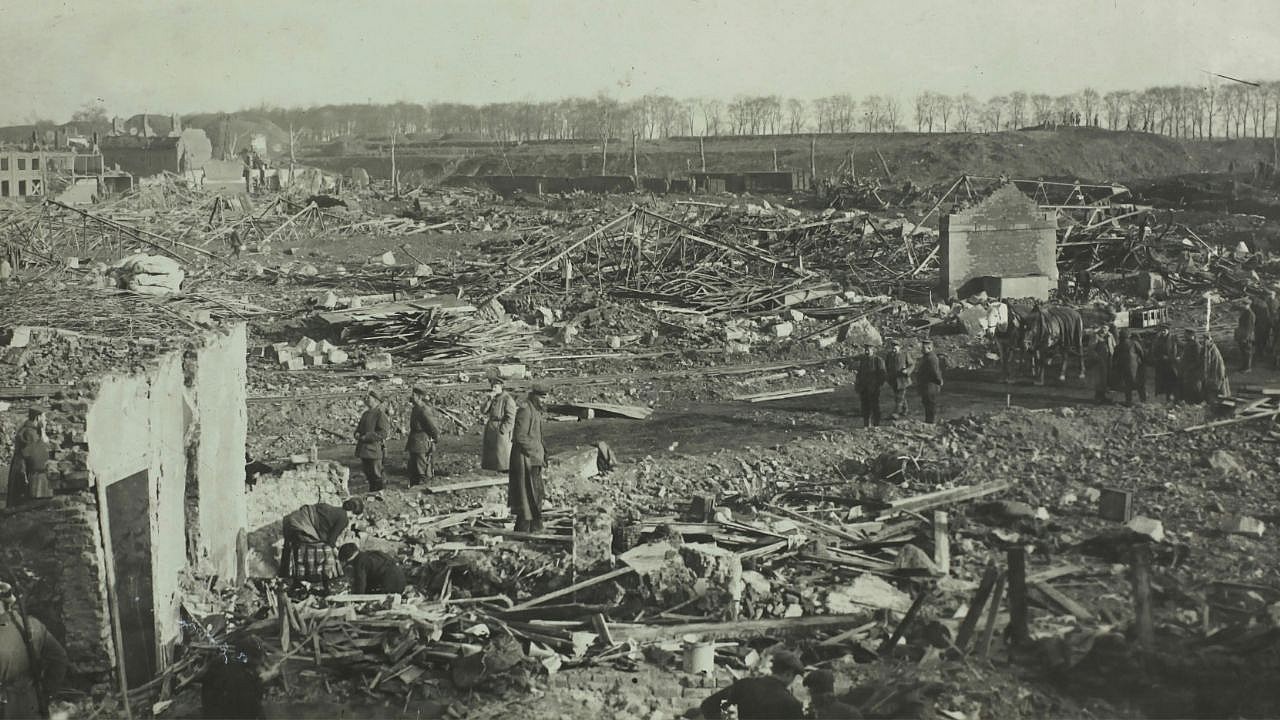
Art lives to tell stories, whether it’s paintings, photographs, journals, or illustrations. As for Timothy H. O’Sullivan’s photograph, the photo lives to show the devastation that the Civil War had on the country. The so-called father of photojournalism captured the troops during the Civil War, documenting the war and showing people what it was really like.
It’s a brutal job, but one photo, Harvest of Death, which can be found here, captured Confederate casualties at Gettysburg in 1863 and is now part of the Smithsonian American Art Museum collection. It shows a gruesome foreground with figures on horseback in the background overseeing them and is still to this day one of the most important Civil War memorabilia.
Read More: Powerful Civil War Generals That Defined America
10. Appomattox Table and Chairs, National Museum of American History
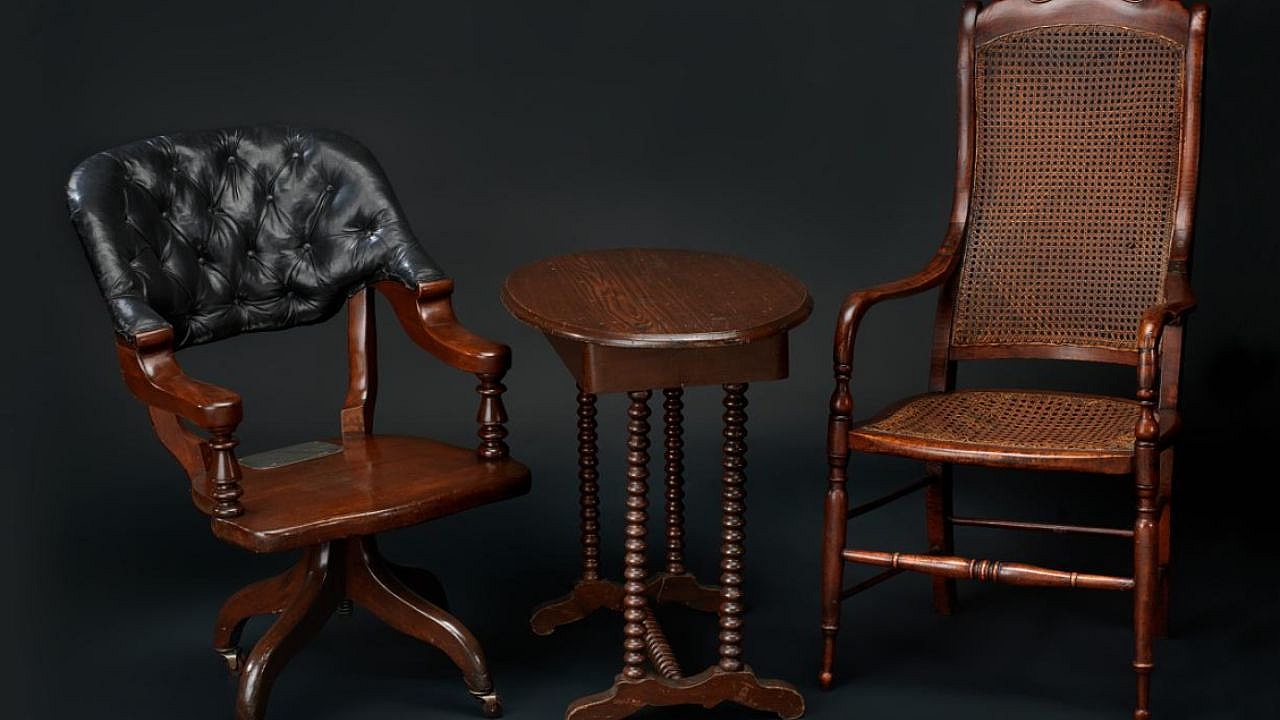
At first glance, a pair of chairs and a table might not have that much historical significance. But this set from the home of Wilmer McLean was used at the Appomattox Court House in Virginia by two prominent leaders in the Civil War; Ulysses Grant and Robert Lee.
On April 9, 1865, Grant and Lee sat down to draft the terms of the Confederate Army of Northern Virginia’s surrender, ultimately ending the war. Though the chairs and table were passed around families, they were reunited in 1915 when all three pieces were donated to the Smithsonian Institution.
Check Out: World War I Heroes Who Are Often Overlooked
9. Surgeon’s Tent, National Museum of Civil War Medicine
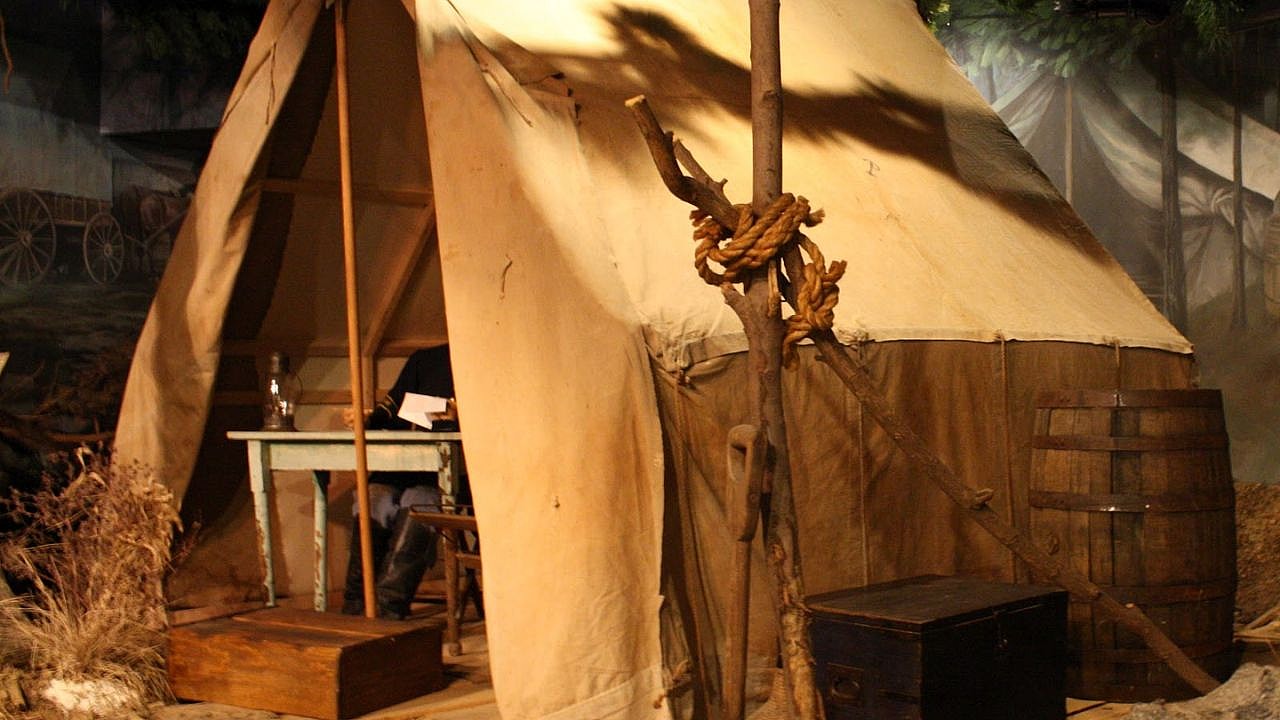
A surgeon’s tent may be an odd item to have displayed, but since this is the only intact surgeon’s tent from the Civil War, it holds great value. Used from 1862-1864 by Surgeon John Wiley of the 6th New Jersey Volunteer Infantry, this tent was used in the 1863 Battle of Gettysburg.
Injury often occurred on the battlefield, so these tents were used to treat cuts and bullet wounds, but also to perform amputations if needed. After taking the tent home, Wiley’s family eventually sold it to a collector in 1988.
Read Next: Korean War Heroes Who Are Often Overlooked
8. Ulysses S. Grant’s Field Glasses, National Museum of American History
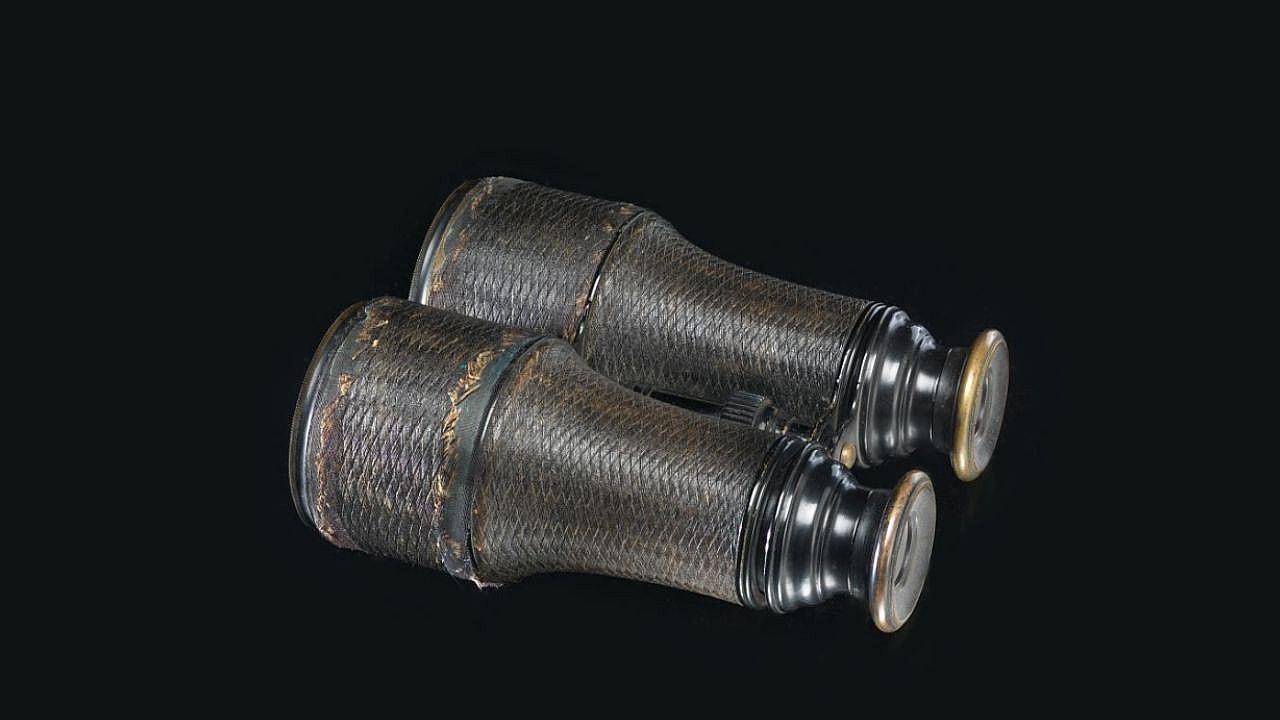
Field glasses were quite common in wars, as they could help spot enemy troops or friendly scouts heading back from a mission. So of course, one of the top pieces of Civil War memorabilia is a set of field glasses.
This particular pair was owned by Ulysses Grant, with cloth-covered barrels that are slightly flared at the eye end. Though it is not confirmed which battles or when they were used, there is a rich history of any item that Ulysses Grant used.
Also Read: Rare World War II Artifacts and the Stories They Tell
7. Amputation Kit & Prosthetic Limbs, National Museum of Civil War Medicine
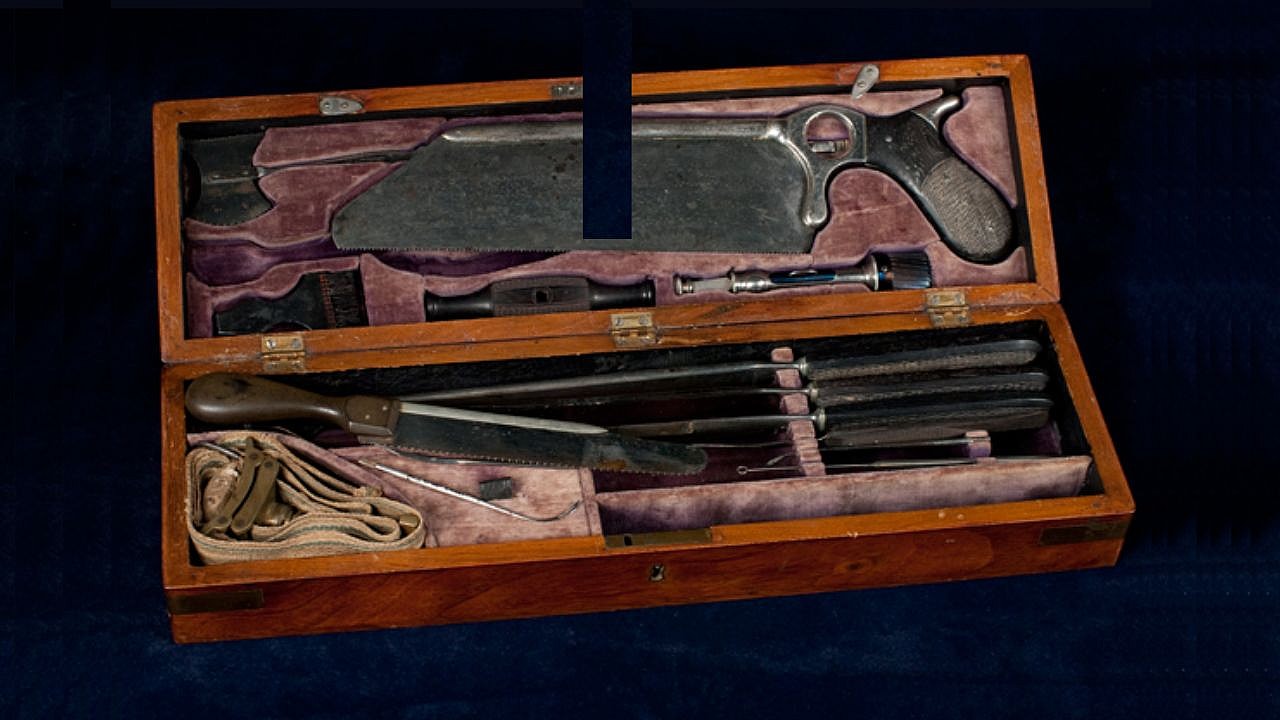
If you have a surgeon’s tent, then an amputation kit might be another essential as a doctor, and another valuable piece of Civil War memorabilia. Each kit contains a saw, knives, needle and thread, a tourniquet, and other items to complete an amputation as quickly as possible.
Some doctors even got their amputation time to under ten minutes, due to the fact that gunshot wounds from the Minie bullet dealt immense damage to bones. Even though the risk of infection was high on battlefields, it is estimated that as many as 75% of amputees lived after the procedure.
6. Lincoln’s Top Hat, National Museum of American History
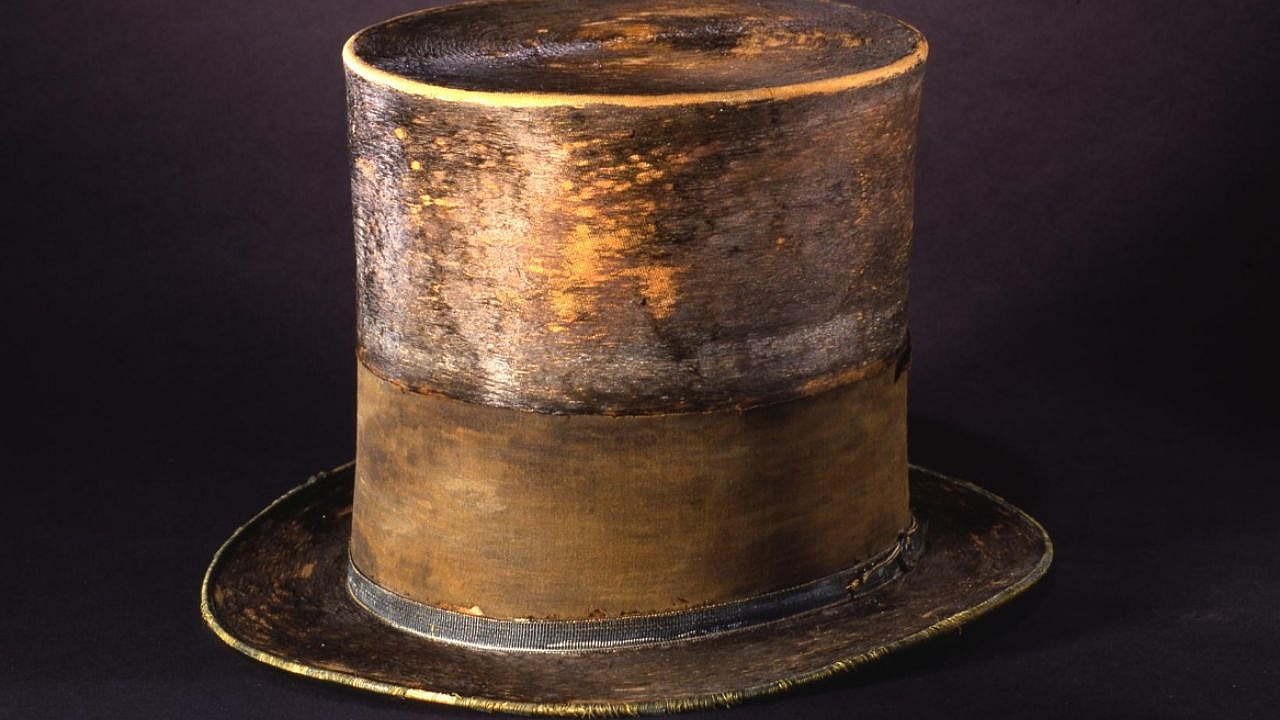
The first person that often comes to mind when thinking about the Civil War is Abraham Lincoln. Leading the fight for abolition and the Union, the 16th U.S. President was later assassinated during his second term.
His top hat was one of his most defining features, and this particular one is quite special. Not only does it have a black silk mourning band for his son, but the last time Lincoln wore this hat was at Ford’s Theatre on April 14, 1865, when he was assassinated.
Read More: Overlooked Revolutionary War Heroes We’re Revisiting
5. 33-Star Garrison Flag, Fort Sumter
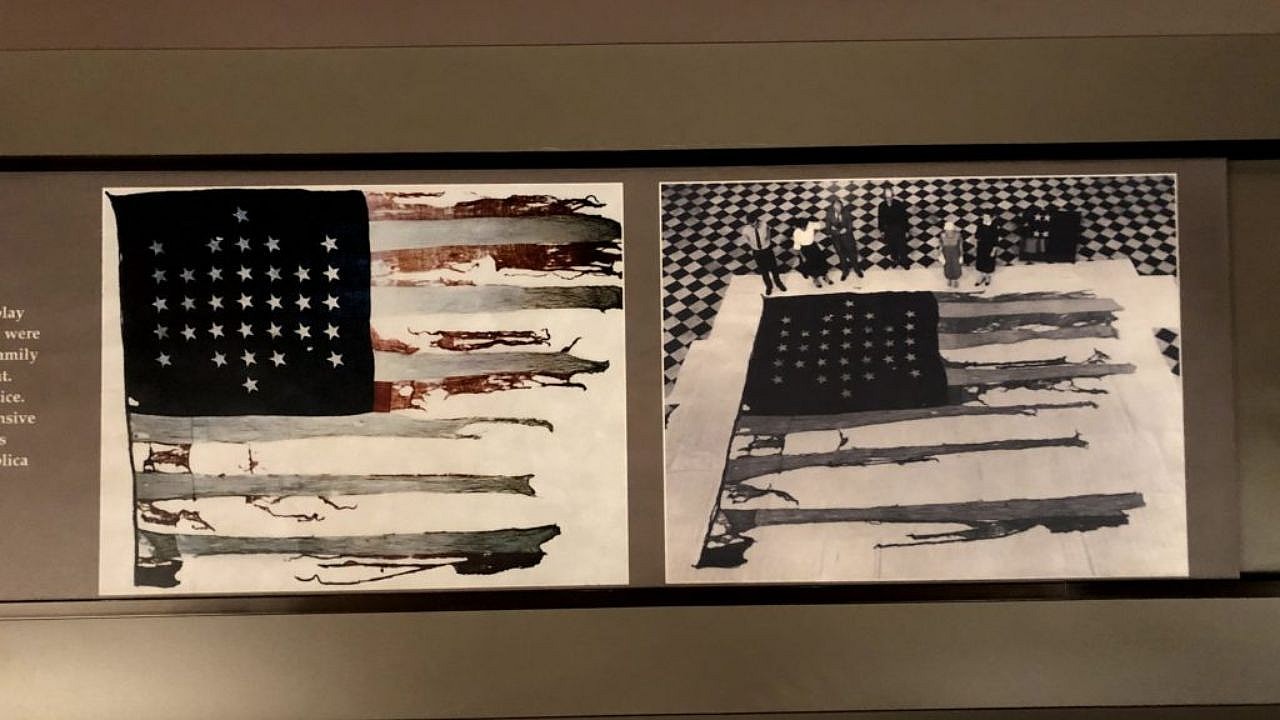
During the Civil War, a lot of flags were flown for both the Union and the Confederacy. The 33-star garrison flag represented each state in the Union before some of the states seceded. This particular flag was flown at Fort Sumter, and President Lincoln had to decide whether to change the flag after the Civil War began.
He decided to keep all 33 stars on the flag, as his end goal was “to preserve the Union,” and that feeling translated to the flag’s symbolism.
Related: Most Influential Women in the American Civil War
4. George T. Garrison’s Trunk, National Museum of African American History
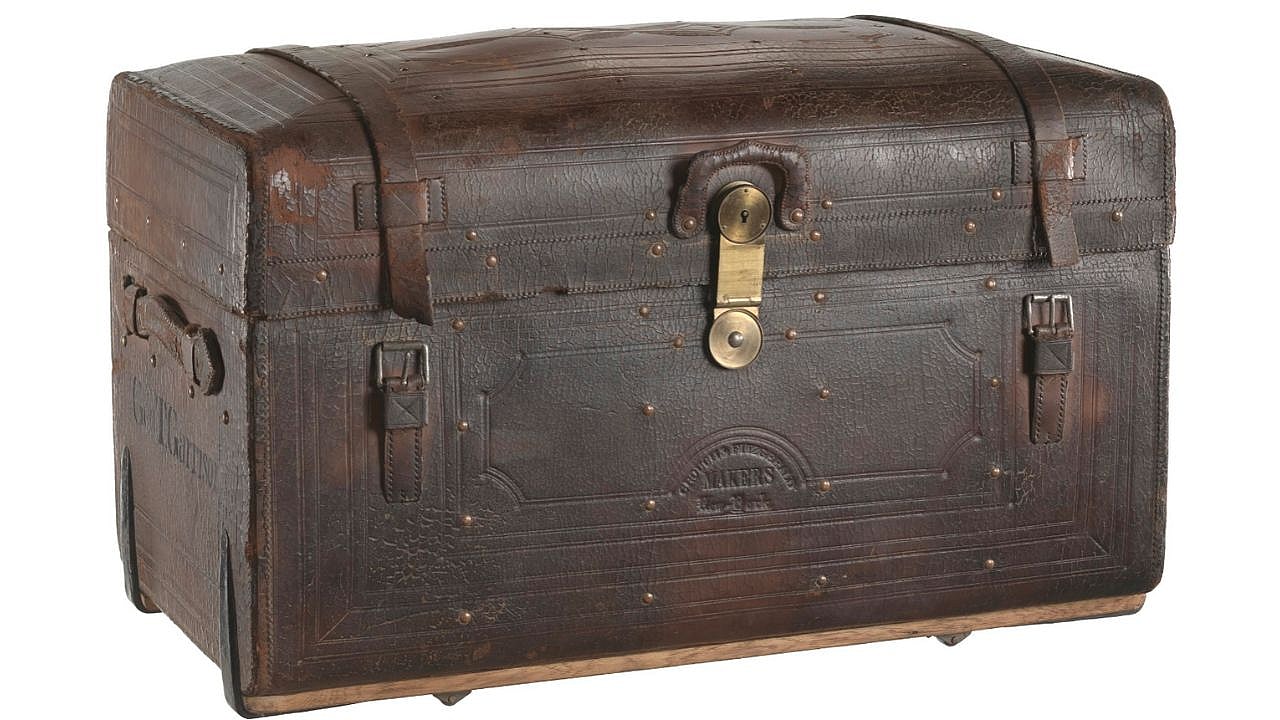
You might have heard of the famous abolitionist William Lloyd Garrison in history class, but probably not as much about his son First Lt. George Thompson Garrison. George Garrison was a white officer who led a unit of black troops, also known as the 55th Massachusetts Infantry Regiment.
His group fought with exemplary record, and thus his trunk has now been preserved in the National Museum of African American History. There weren’t a ton of black regiments fighting in the Civil War, but those that did impact the war in great ways toward their freedom.
Check Out: Historical Pieces of Civil War Memorabilia
3. “The Union Forever” Cooper-Hewitt, National Design Museum
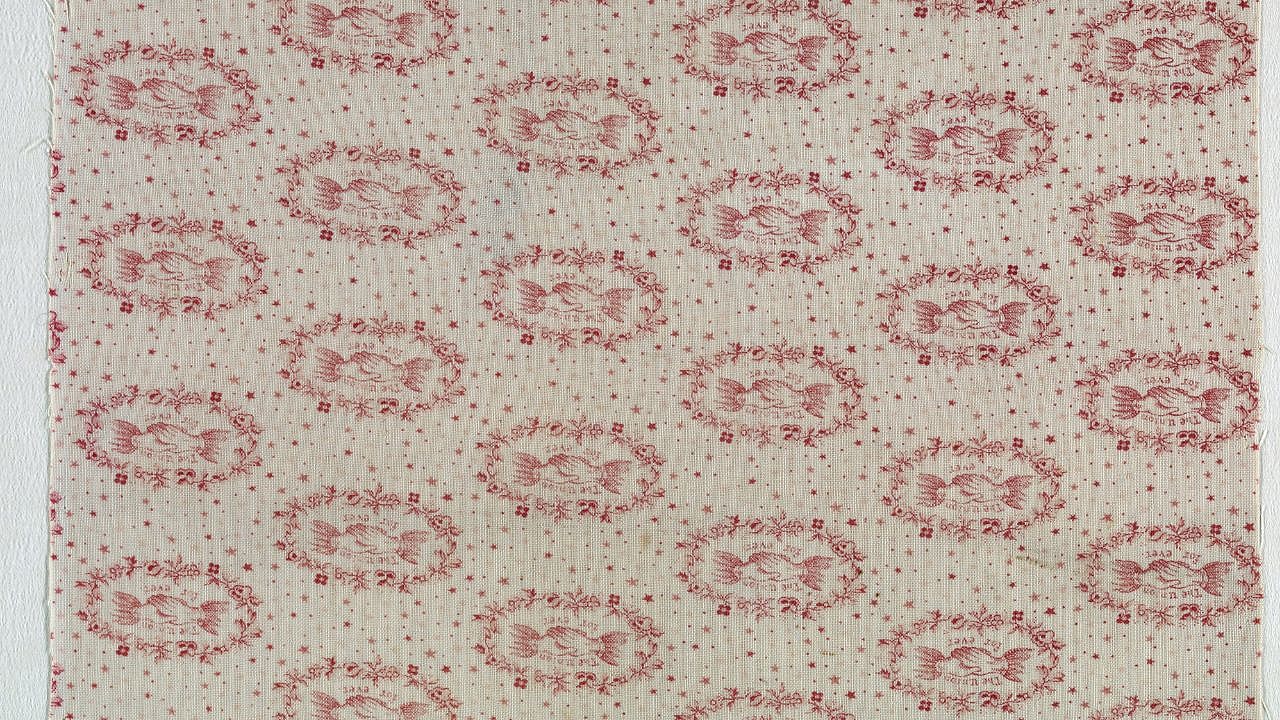
Fabric may seem like an odd thing to keep in a museum, but this certain textile was printed as propaganda for a political candidate. Called “the Union Forever,” it was used to promote Lincoln’s second presidential campaign in 1864, which he won by a landslide since the eleven seceded states did not vote.
Similar to the pins and stickers we wear today to promote a candidate, the fabric was made into clothing or other items to show support.
Read Next: Best Museums in Chicago for Nerds
2. Lincoln Letter, National Air and Space Museum
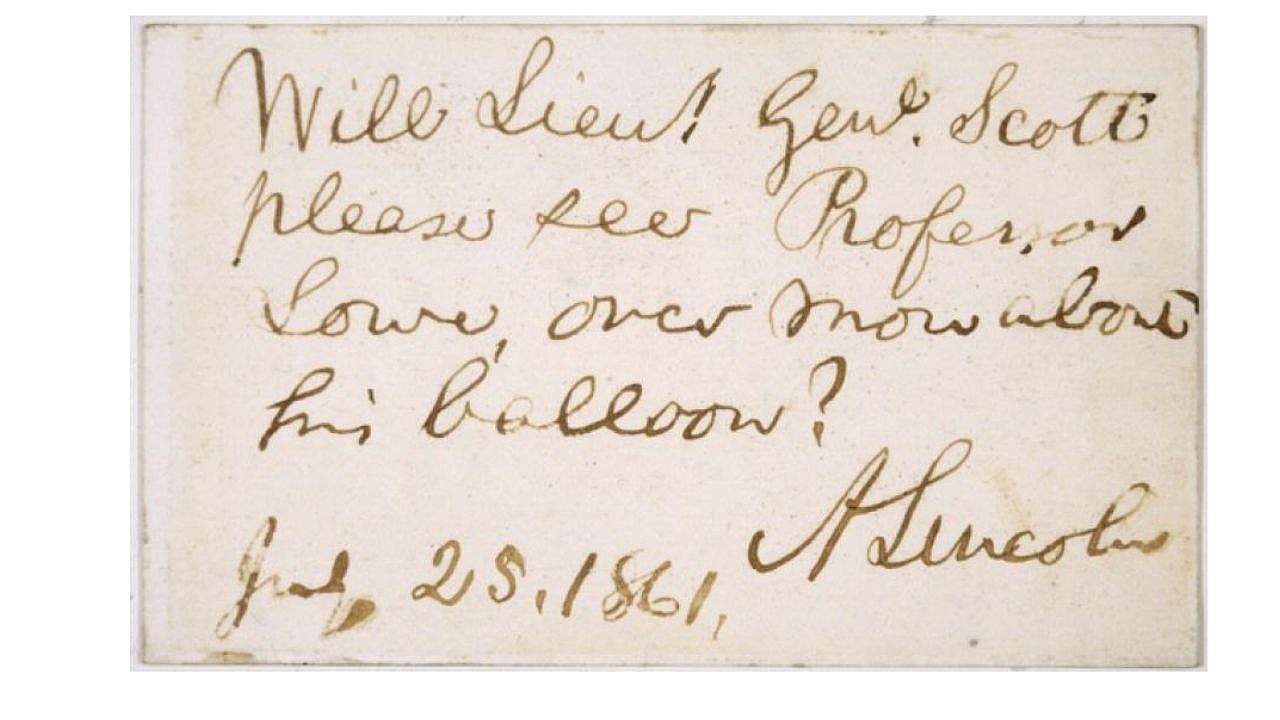
A lot of new technology was introduced during the Civil War, one of them being spy balloons. President Lincoln wanted to use this technology, but Lieutenant General Winfield Scott wasn’t sold on the idea.
In a letter to Scott, Lincoln tells him to visit the aeronaut Thaddeus S.C. Lowe about his balloons, impressing both urgency and order. This became “the birth of aerial reconnaissance” for the Civil War, as the Union used seven total balloons to spy on enemy troops and send telegraphs down to the ground to report their findings.
Also Read: Best Museums in Paris and What They’re Known For
1. The Spotsylvania Stump, National Museum of American History
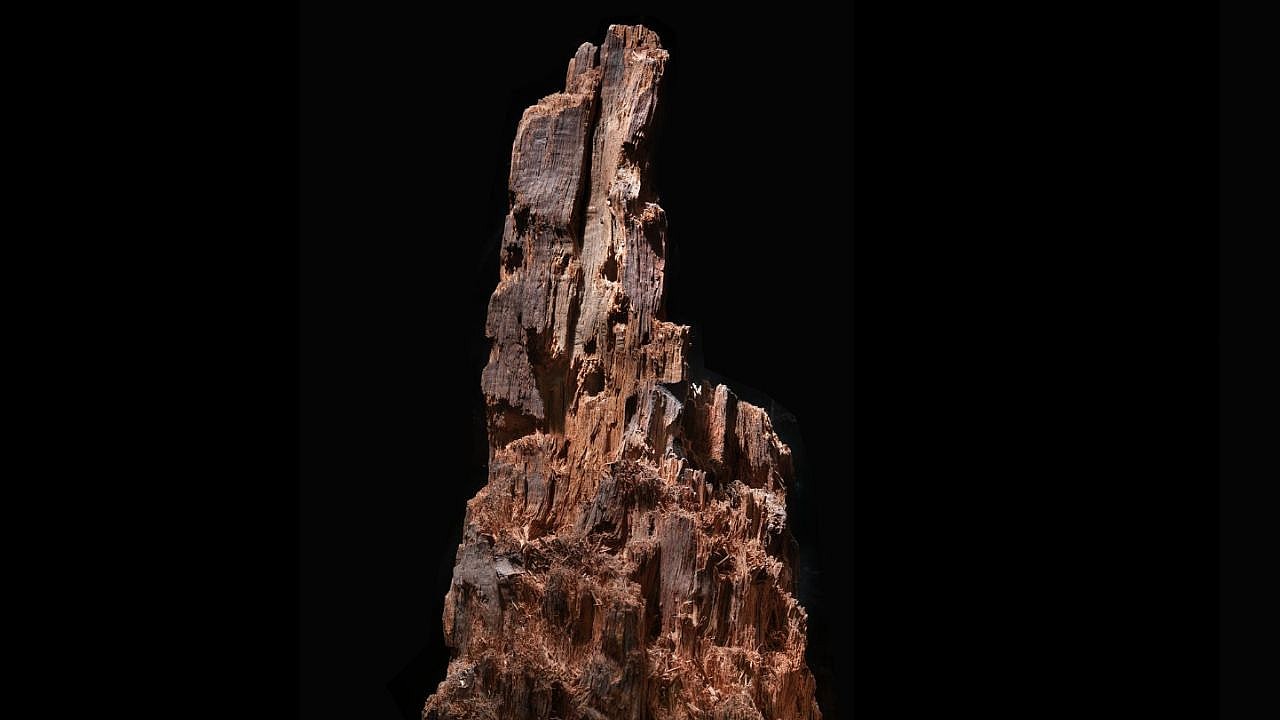
Our last piece of Civil War memorabilia may be the strangest of them all; the Spotsylvania stump. The shattered oak tree stump was located in a meadow just outside of Spotsylvania Court House, Virginia where the Bloody Angle battle took place in 1864.
The fight cut down 2,000 soldiers and tore away at the oak tree until only 22 inches of its trunk remained, with several of the Minie bullets still embedded in the wood. This stump is not only a symbol of the firepower present in the war, but the horror and heroism in a great battle fought.


